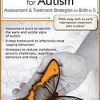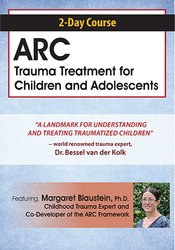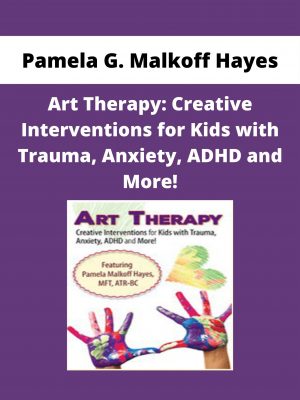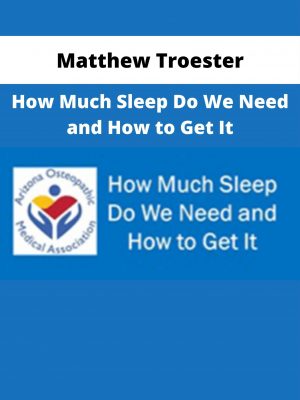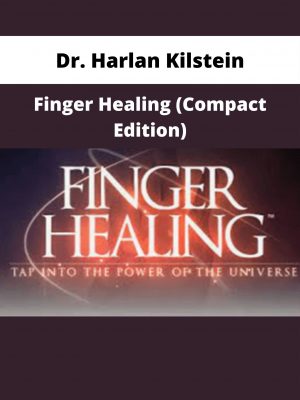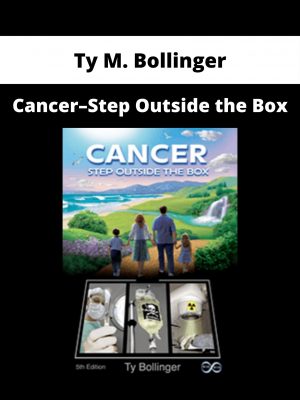Margaret Blaustein – 2-Day Certificate Course
$299 Original price was: $299.$85Current price is: $85.
Shopping Instructions:
- DISCOUNT 15% : SHOP15
- Product Delivery: Within 1 – 12 hours after purchase.
Treating a child in isolation doesn’t work. Without addressing trauma with both the child and caregiver system your efforts will fail to reach their greatest therapeutic effectiveness.
Margaret Blaustein – 2-Day Certificate Course
THE ARC TREATMENT FRAMEWORK
Build a Foundation for Treatment
- Tune into engagement
- Factors that affect engagement in trauma treatment
- Strategies to support child, caregiver, and provider engagement
- The role of education
- Tune in to the role of education in thoughtful trauma intervention
- Use of routines and rhythms to build safety and support goals
- Strategies to increase felt safety through predictability
- Build self-regulation with daily routines
- Use of structures to support treatment goals
How to Foster Attachment: Work with the Caregiver System to Build a Safe-Enough Container
- Manage caregiver responses to trauma reactions
- The cycle of dysregulation between child and caregiver
- Tools to help caregivers to recognize their own emotions
- Address feelings of helplessness, inadequacy and rejection
- Approaches and techniques to teach caregivers to:
- Identify their triggers
- Depersonalize trauma driven behaviors
- Cognitively reframe responses to trauma reactions
- Use self-talk to counter self-blame
- Handle “button-pushing” behavior
- Attunement strategies for positive attachment
- Learn the emotional language of kids who have experienced trauma
- Become a “Feeling Detective” to read emotional cues
- Identify child’s trauma triggers and responses
- 5 steps to master reflective listening – help kids feel heard
- The power of building effective responses in establishing secure attachment
- Use attunement skills to understand behaviors
- Identify the “go-to’s” of behavior response
- Experiment purposefully with other strategies
Regulation: Manage Out of Control Emotions and Reduce Difficult Behaviors
- Identify triggers and emotional responses
- Use labeling to raise awareness of feelings
- How feelings show up in thoughts, behaviors and the body
- Where feelings and body states come from
- Modulate emotion and the body’s alarm system
- ”Feelings Toolkit” for emotional experience tolerance
- Teach kids to understand degrees of feeling
- Connect children to their bodies
- Understand and regulate the arousal response
Competency: Build Resilience and Establish Identity and Sense of Self
- Explore relationships and build connections
- Help children understand the role of relationships
- Identify safe resources and healthy relationships
- Approaches to develop effective communication skills
- Strengthening executive functions
- Ways to build problem solving and negotiation skills
- Impulse control exercises
- Self-identity developments
- How to explore individuality
- Techniques to establish positive self-recognition
- Contextual aspects of self and identity
- Approaches to develop future orientation
- Trauma Experience Integration
- Understand state-based treatment
- The role of the core ARC targets in integrating traumatic experiences
Would you like to receive Margaret Blaustein – 2-Day Certificate Course ?
Description:
Treating a child in isolation doesn’t work. Without addressing trauma with both the child and caregiver system your efforts will fail to reach their greatest therapeutic effectiveness.
Co-developed by Dr. Margaret Blaustein, ARC (Attachment, Regulation and Competency) is a flexible framework proven to enhance effective trauma treatment by intervening with both the child and the caregiver system; allowing you to foster the supportive environment necessary for healthy development and lasting change.
THIS COURSE IS YOUR CHANCE TO LEARN THE ARC FRAMEWORK FROM DR. BLAUSTEIN HERSELF!
Watch and discover what over 300 agencies and child-serving systems already know. ARC gives you a roadmap to cultivate attachment in traumatized kids, build the self-regulatory skills they need to identify and manage powerful emotions, and establish a positive sense of identity that will set the stage for a healthy and fulfilling adult life.
This offer may not come your way again! Don’t miss out on this rare opportunity to transform your treatment of childhood trauma and achieve sustainable positive outcomes for this most vulnerable population
Related products
HEALTH & MEDICAL
HEALTH & MEDICAL
HEALTH & MEDICAL
Matthew Troester – How Much Sleep Do We Need and How to Get It
HEALTH & MEDICAL
Regina Meredith – Conscious Media Network with Regina Meredith – Eric Pearl on The Reconnection
HEALTH & MEDICAL
HEALTH & MEDICAL
HEALTH & MEDICAL
KettleWorX – 8 Week Rapid Evolution Advanced Set with Alex Isaly
HEALTH & MEDICAL

